SectopRAT as Weaponized Cloudflare Turnstile Challenge Attacks Windows Users
A sophisticated new malware strain dubbed SectopRAT has emerged, leveraging Cloudflare’s Turnstile challenge system as part of its attack methodology. This Remote Access Trojan specifically targets Windows users through a multi-staged infection process that begins with seemingly legitimate CAPTCHA verification prompts. The malware exploits the trust users place in Cloudflare’s security mechanisms to deliver its […] The post SectopRAT as Weaponized Cloudflare Turnstile Challenge Attacks Windows Users appeared first on Cyber Security News.

A sophisticated new malware strain dubbed SectopRAT has emerged, leveraging Cloudflare’s Turnstile challenge system as part of its attack methodology.
This Remote Access Trojan specifically targets Windows users through a multi-staged infection process that begins with seemingly legitimate CAPTCHA verification prompts.
The malware exploits the trust users place in Cloudflare’s security mechanisms to deliver its malicious payload, representing a concerning evolution in social engineering tactics.
The attack typically begins when users visit compromised websites presenting what appears to be a standard Cloudflare Turnstile challenge.
Unlike legitimate challenges designed to verify human users, these weaponized instances serve as a delivery mechanism for the SectopRAT malware.
When a user completes the challenge, the malware initiates a covert download process while displaying a normal website experience to the victim.
Inde analysts from multiple security research firms identified this threat after observing a significant uptick in infections across corporate networks.
Their analysis revealed that SectopRAT employs sophisticated obfuscation techniques and a modular architecture allowing attackers to deploy different functionality based on the target’s environment.
The researchers noted unusual traffic patterns between infected machines and previously unknown command and control servers, primarily located in Eastern Europe.
What makes SectopRAT particularly concerning is its ability to establish persistent access while evading traditional security solutions.
The malware creates multiple redundant persistence mechanisms in the Windows Registry and scheduled tasks, ensuring it maintains access even if one method is discovered and removed.
Security teams report the malware’s anti-analysis capabilities make detection particularly challenging.
Infection Mechanism
The infection process begins with a JavaScript-based loader embedded within counterfeit Turnstile challenges.
When a user interacts with the challenge, the loader executes environment checks before downloading a second-stage payload from command and control servers using encrypted communication channels to avoid network detection systems.
The second-stage payload employs PowerShell commands to establish persistence:-
$startup = "$env:APPDATA\Microsoft\Windows\Start Menu\Programs\Startup"
Copy-Item "$env:TEMP\loader.js" -Destination "$startup\SystemHealth.js"
New-ItemProperty -Path "HKCU:\SOFTWARE\Microsoft\Windows\CurrentVersion\Run" -Name "SystemHealth" -Value "wscript.exe $startup\SystemHealth.js"This creates multiple persistence points ensuring the malware restarts with the system.
The final stage delivers the full SectopRAT payload, which establishes a connection to attacker servers and begins monitoring user activity, capturing keystrokes, and exfiltrating valuable data including stored credentials, financial information, and cryptocurrency wallet files.
Investigate Real-World Malicious Links & Phishing Attacks With Threat Intelligence Lookup - Try for Free
The post SectopRAT as Weaponized Cloudflare Turnstile Challenge Attacks Windows Users appeared first on Cyber Security News.






















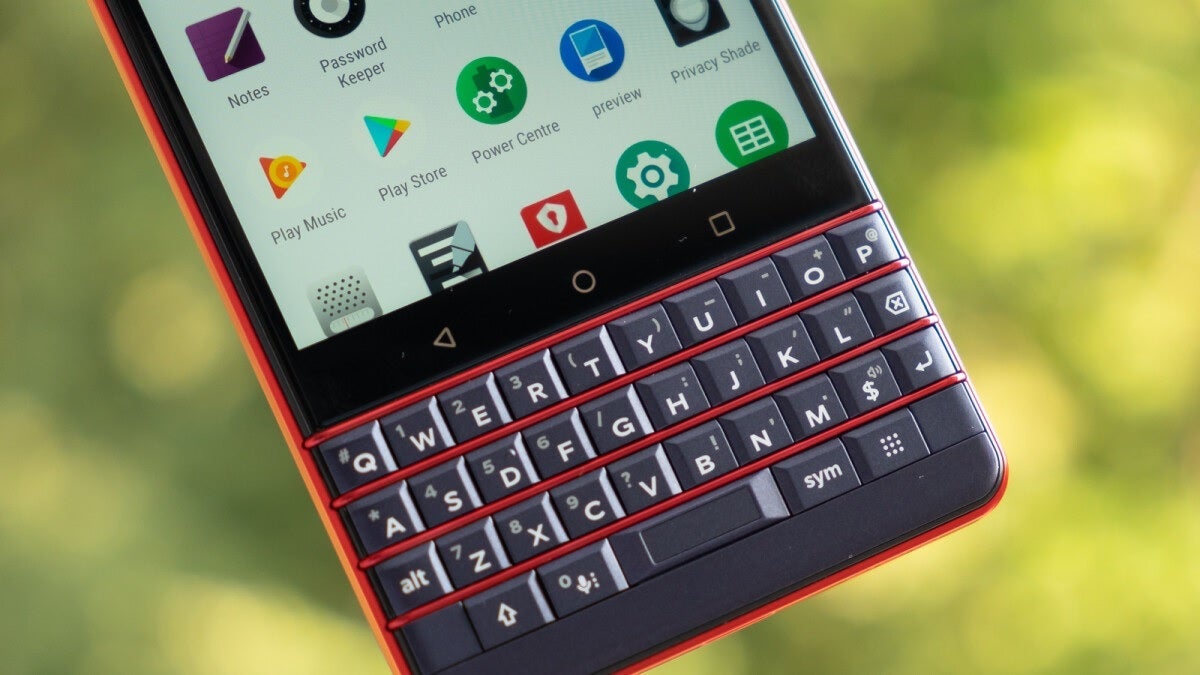
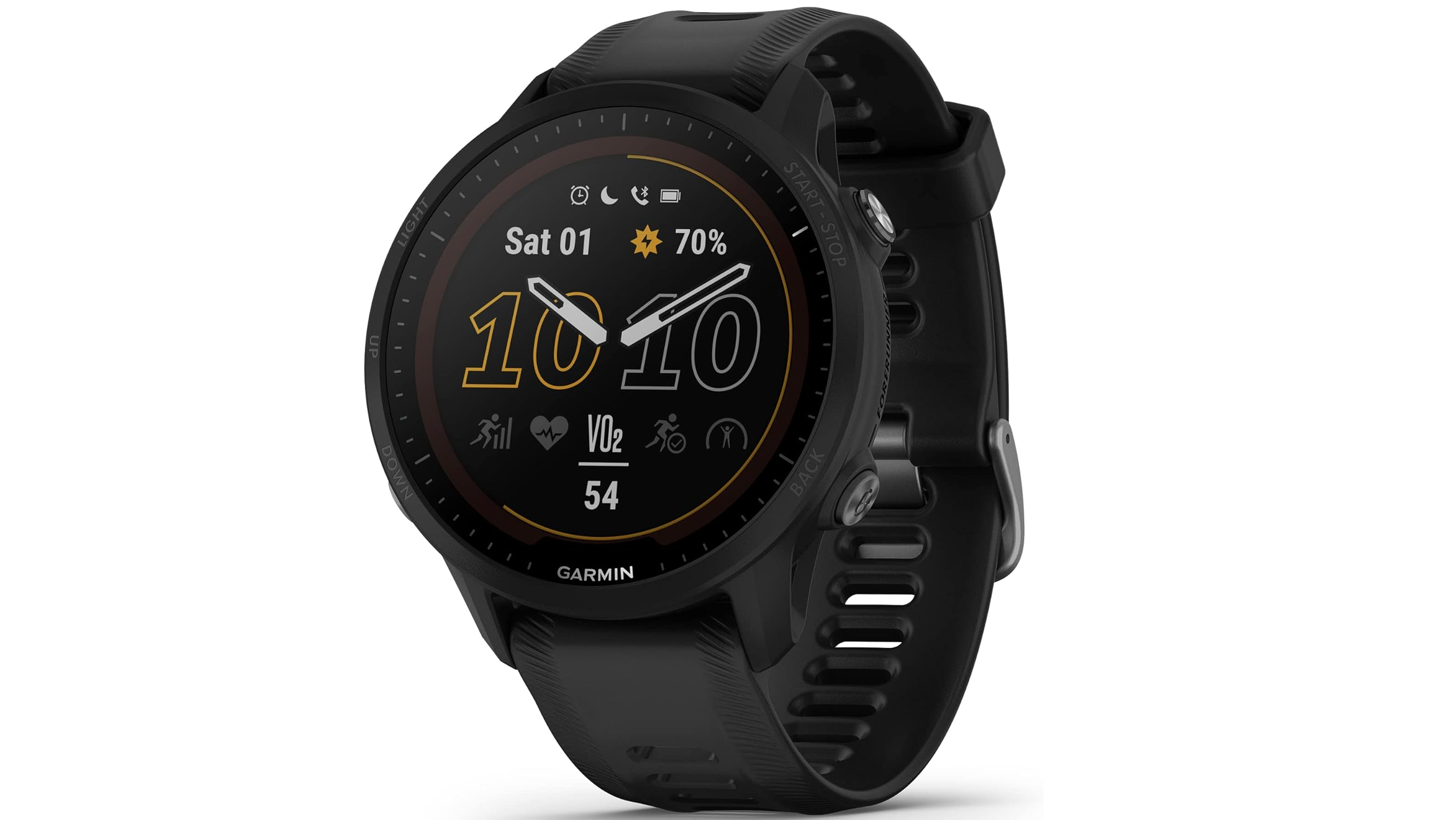





























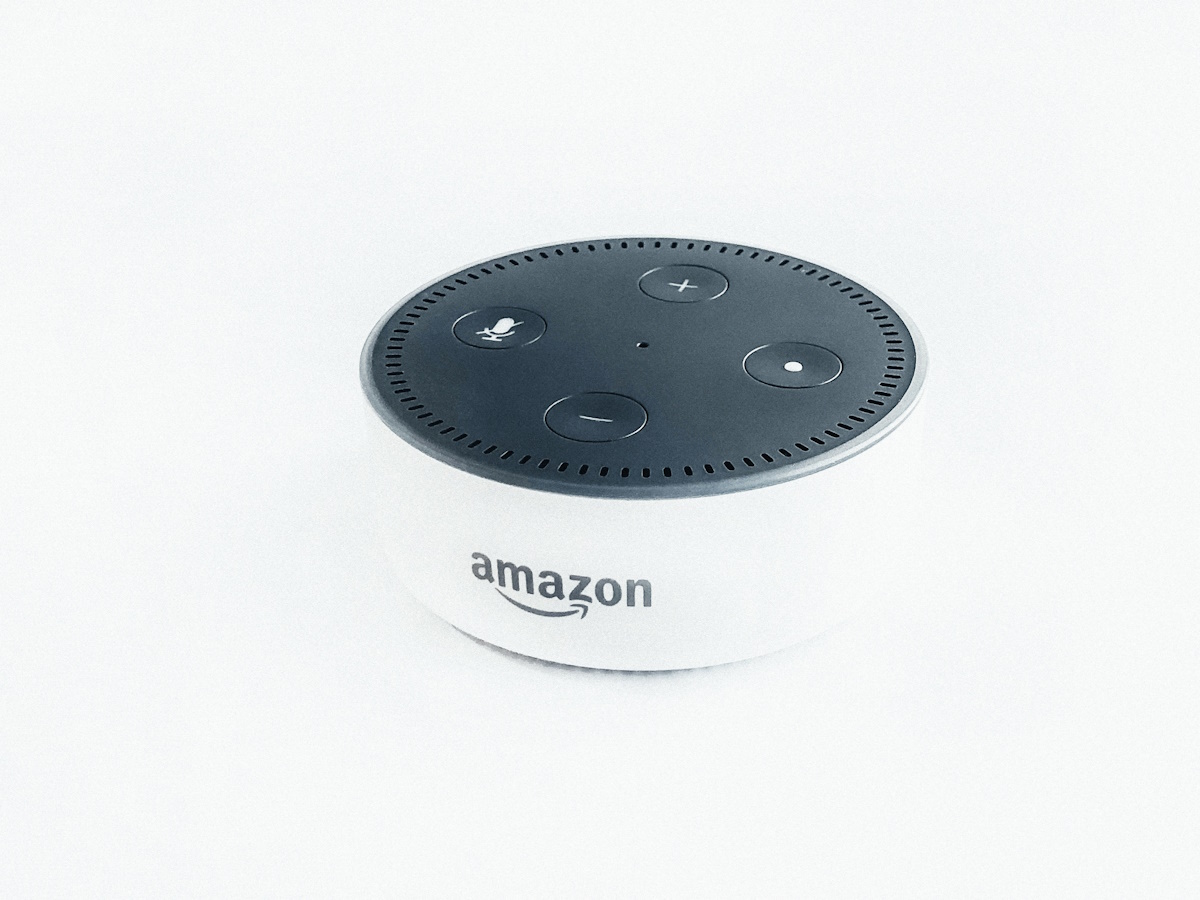
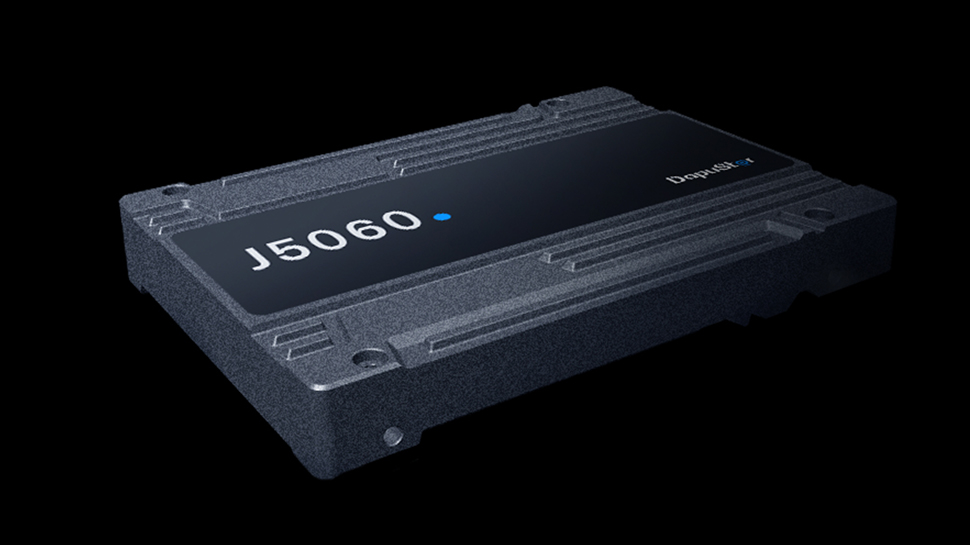

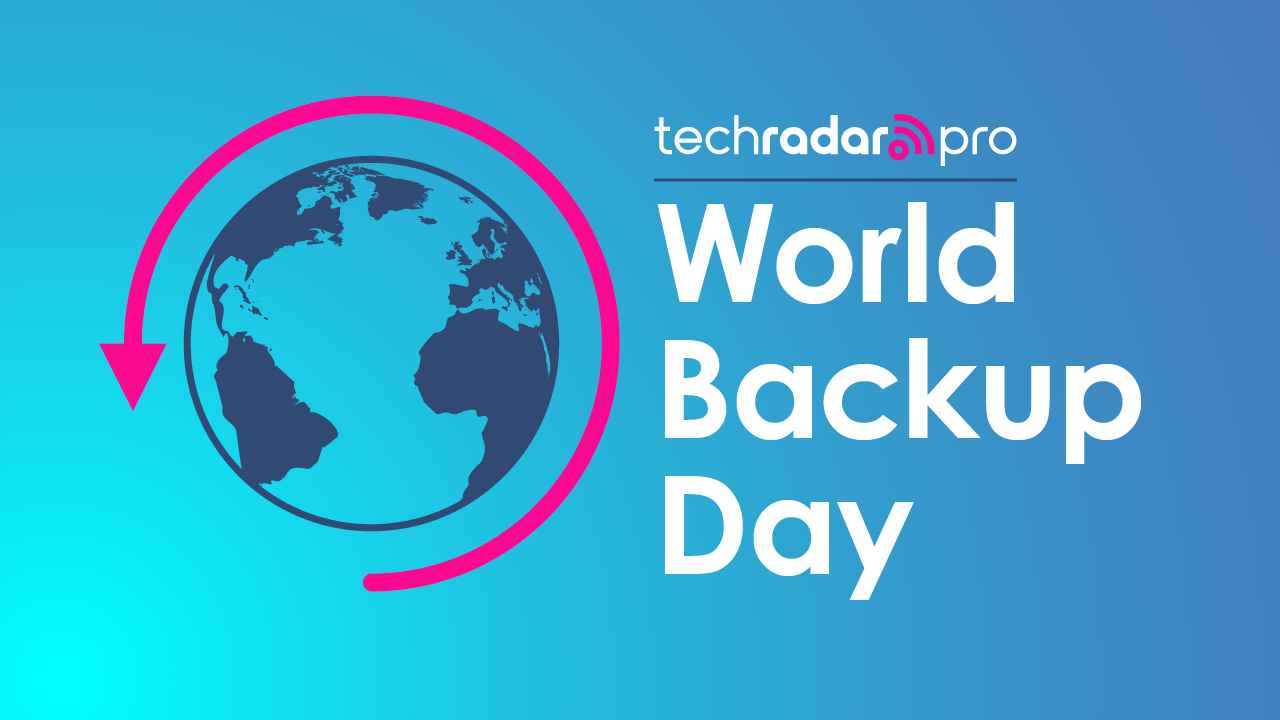
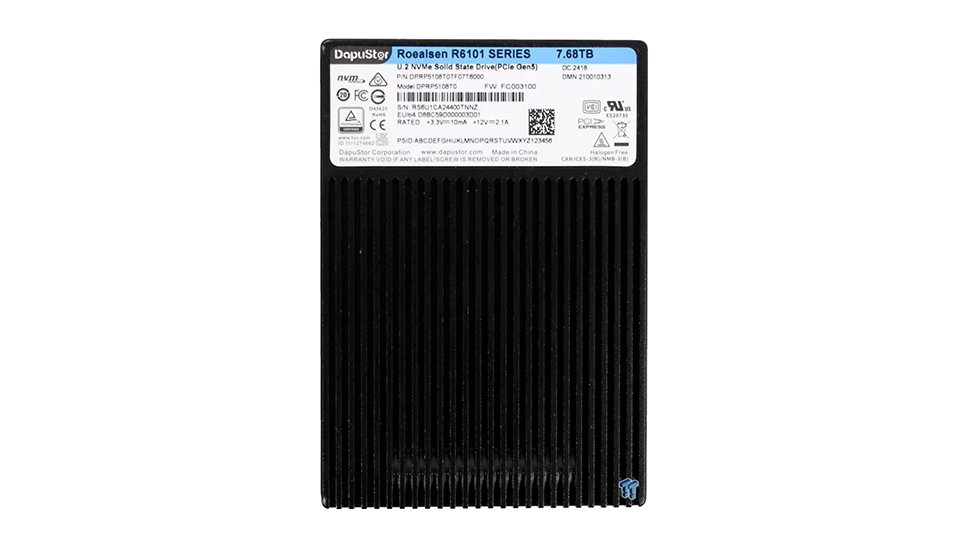









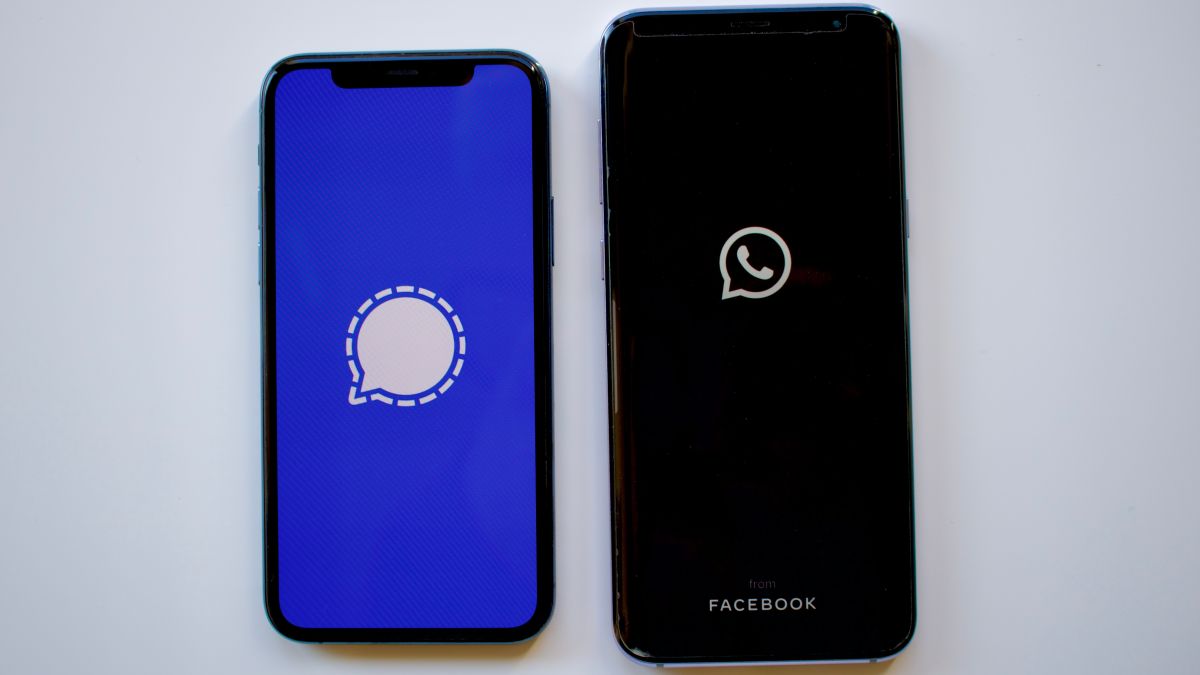

![Lowest Prices Ever: Apple Pencil Pro Just $79.99, USB-C Pencil Only $49.99 [Deal]](https://www.iclarified.com/images/news/96863/96863/96863-640.jpg)
![Apple Releases iOS 18.4 RC 2 and iPadOS 18.4 RC 2 to Developers [Download]](https://www.iclarified.com/images/news/96860/96860/96860-640.jpg)















![What Google Messages features are rolling out [March 2025]](https://i0.wp.com/9to5google.com/wp-content/uploads/sites/4/2023/12/google-messages-name-cover.png?resize=1200%2C628&quality=82&strip=all&ssl=1)






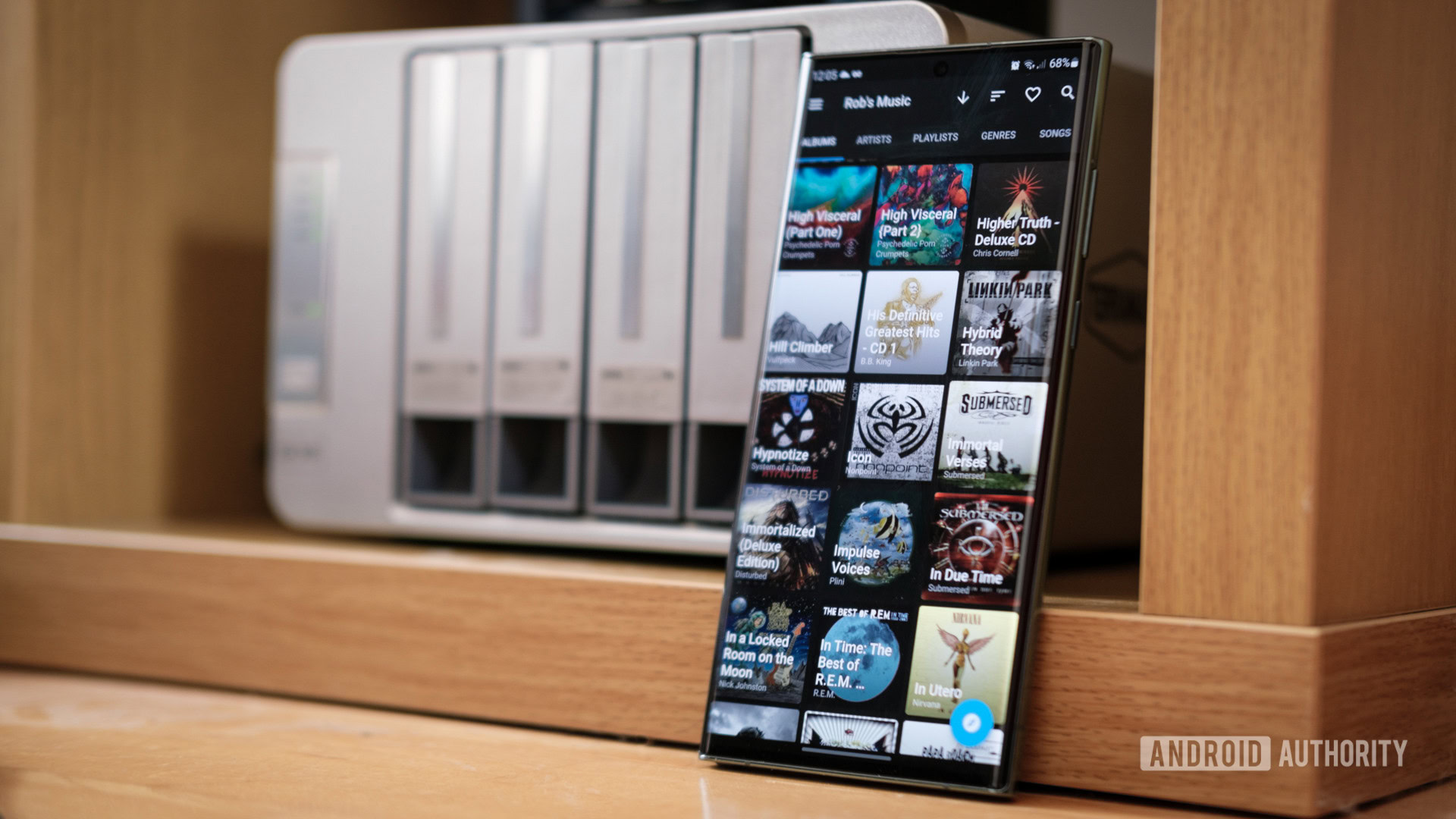
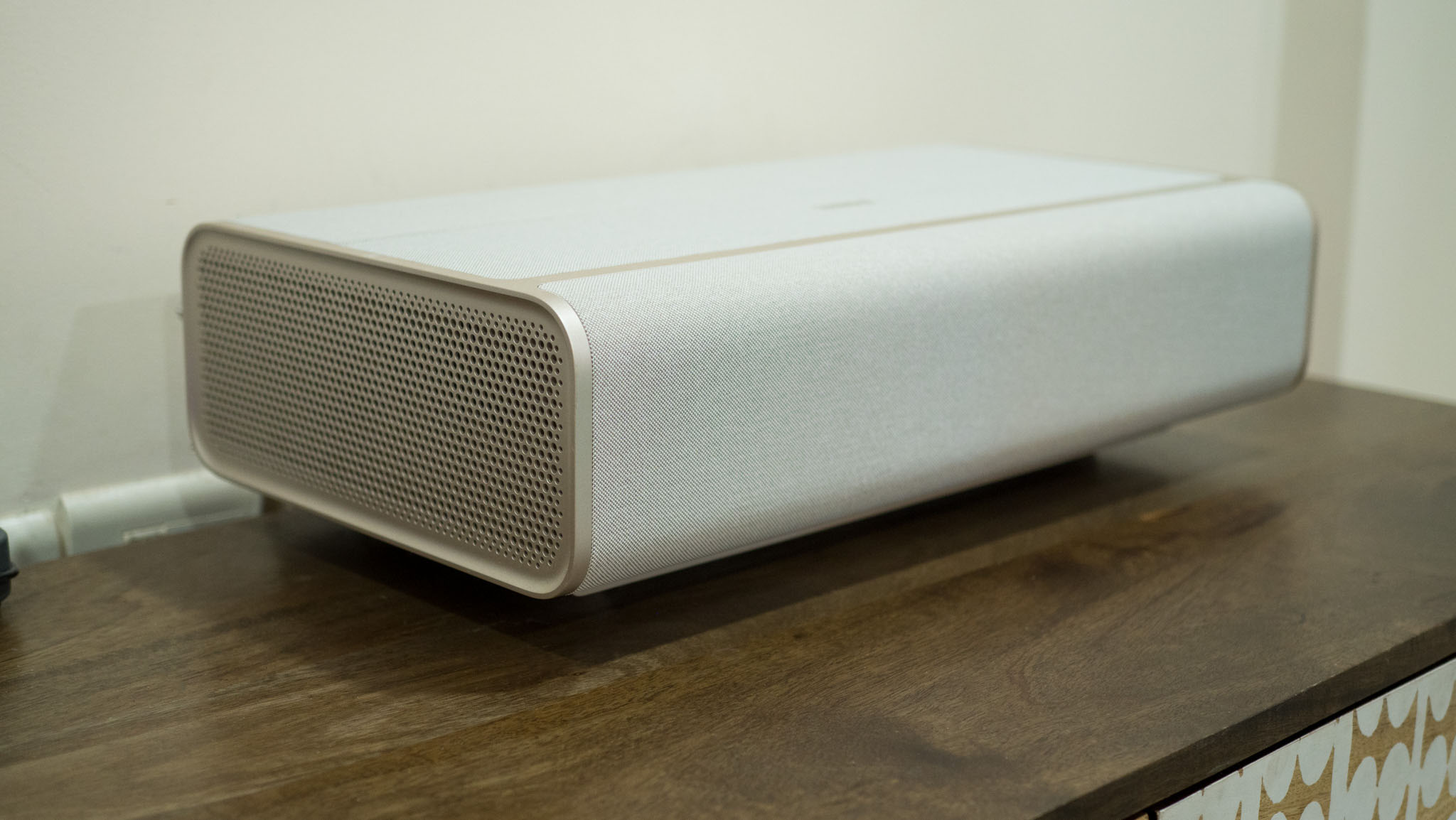
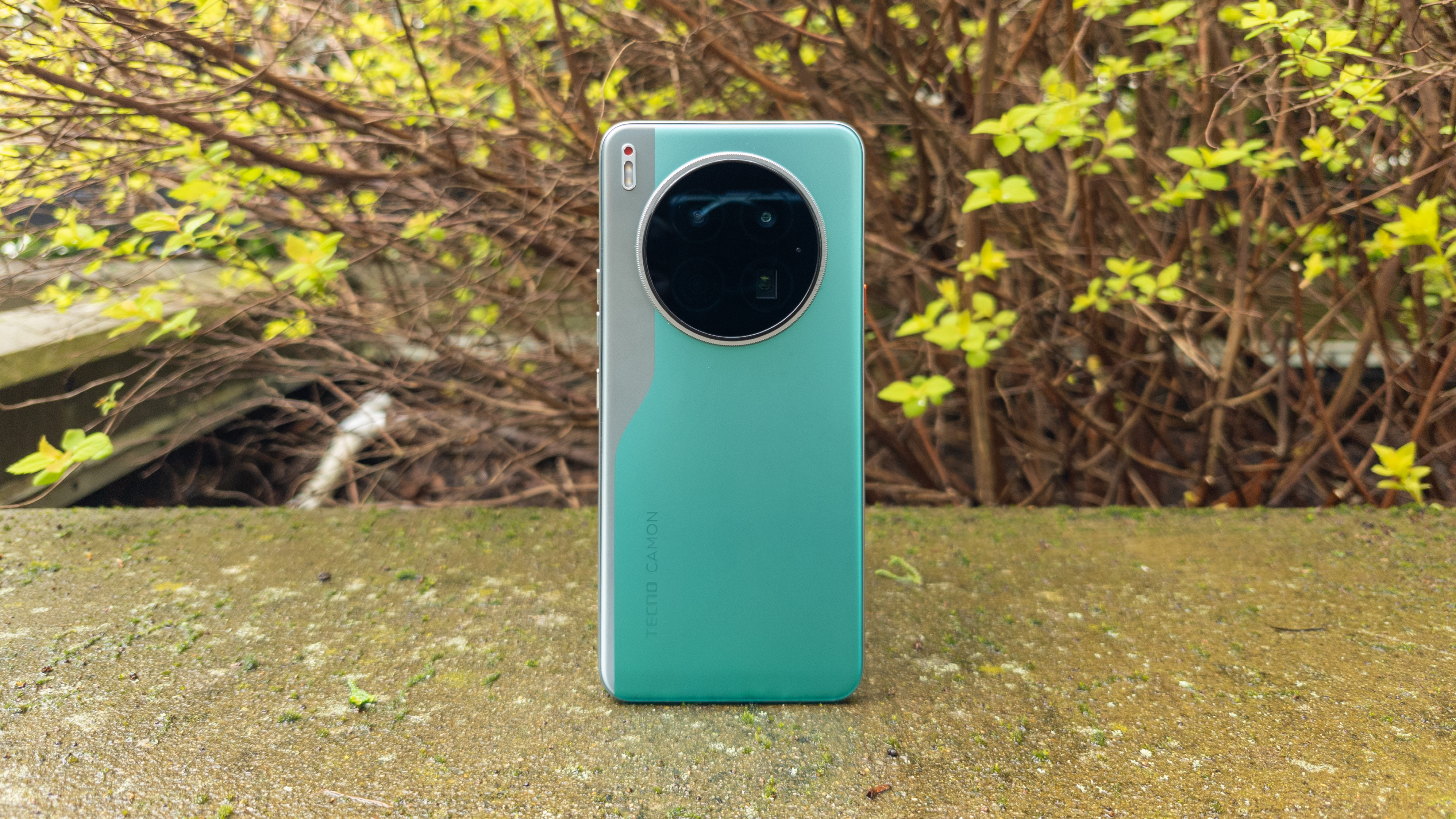

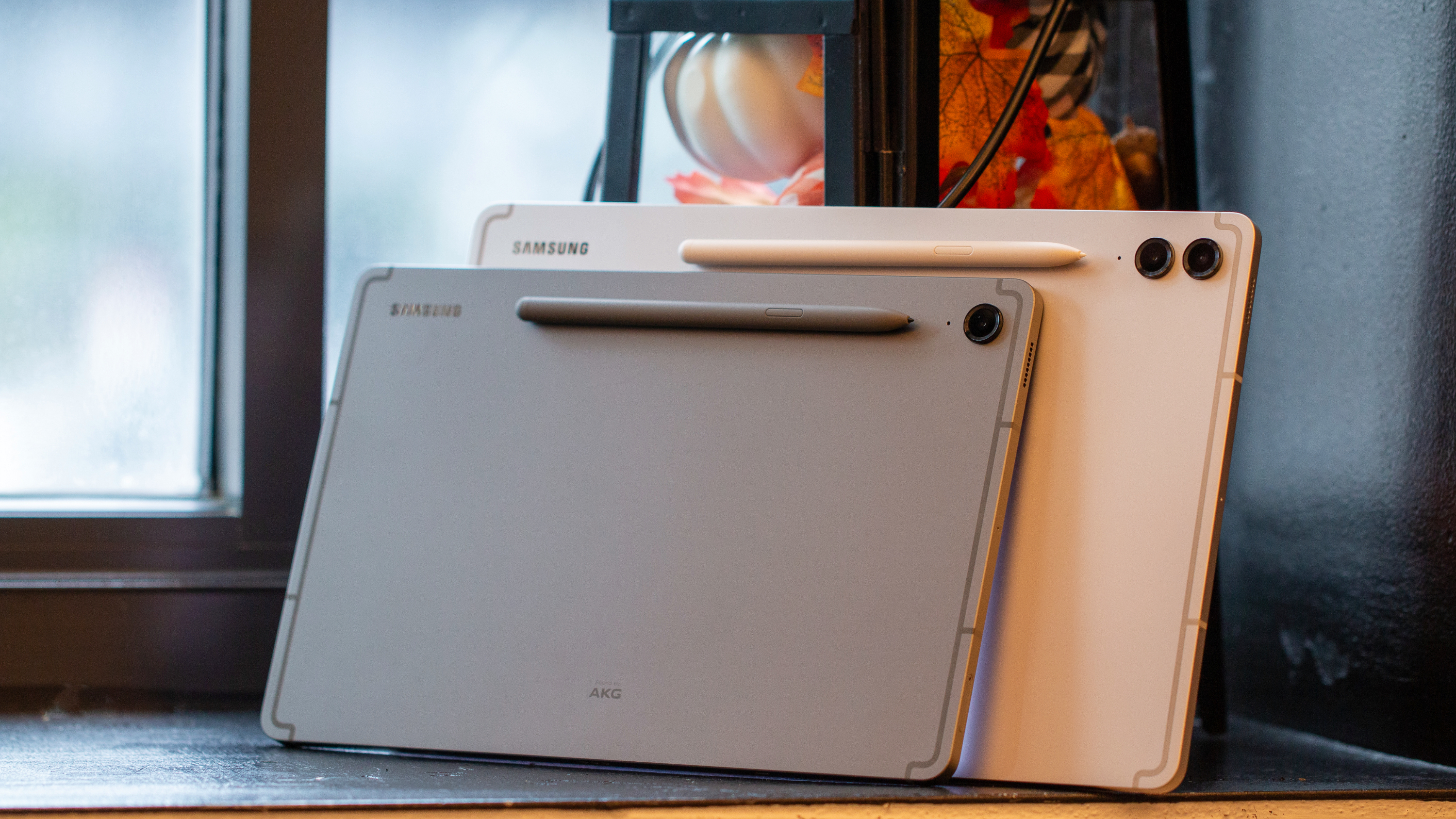




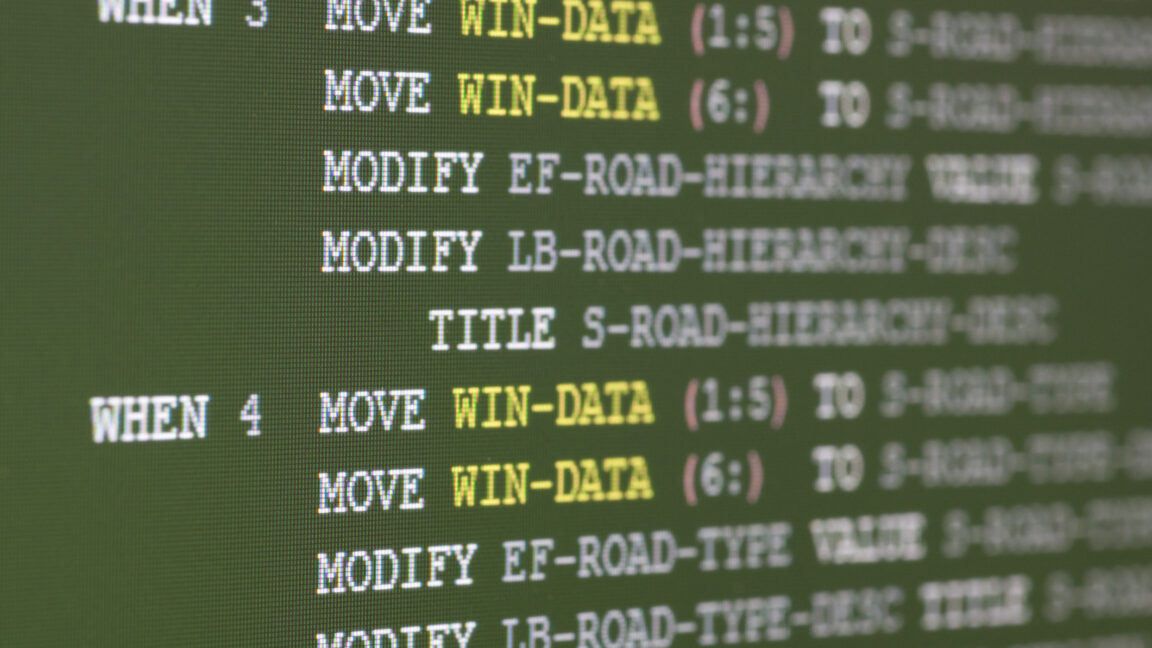

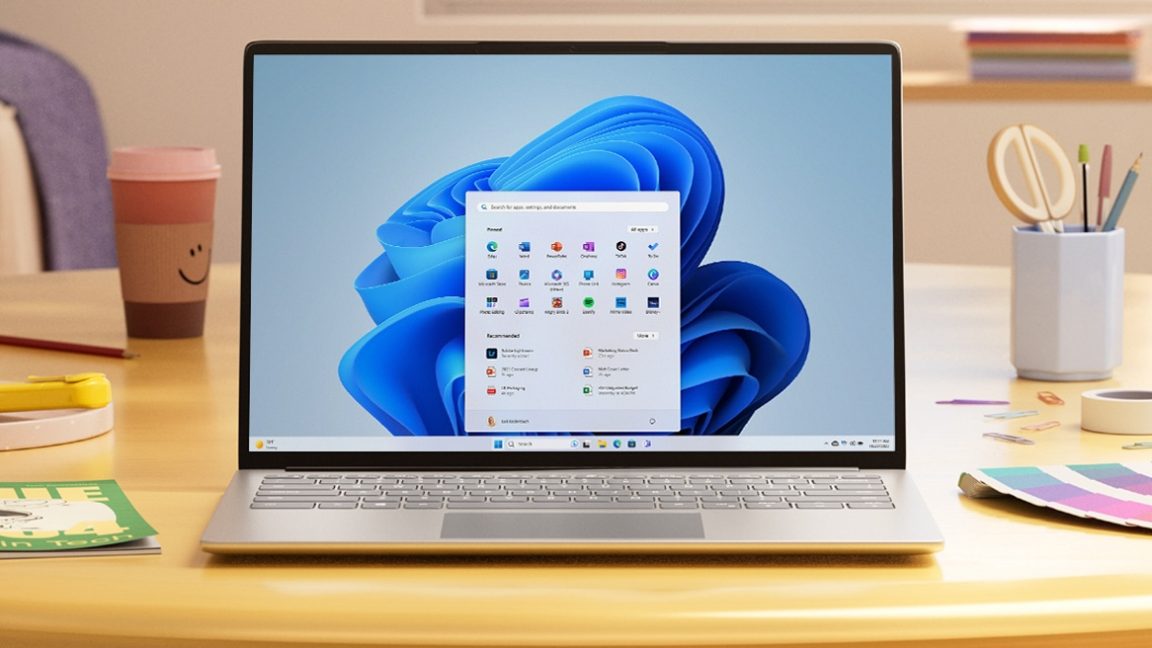
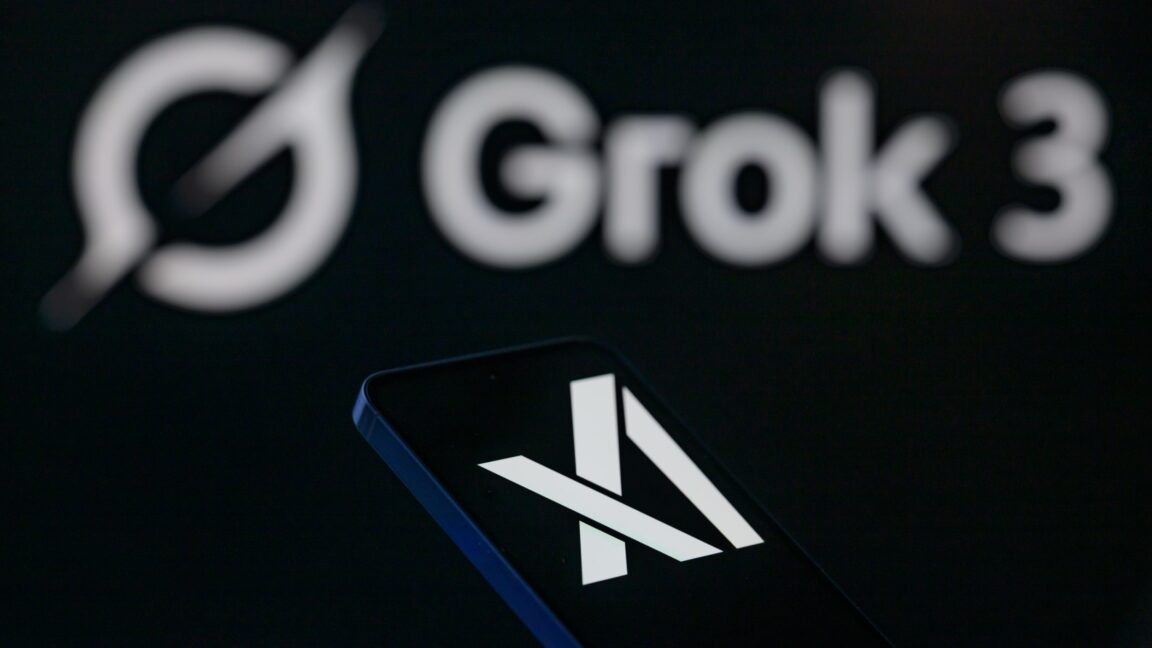



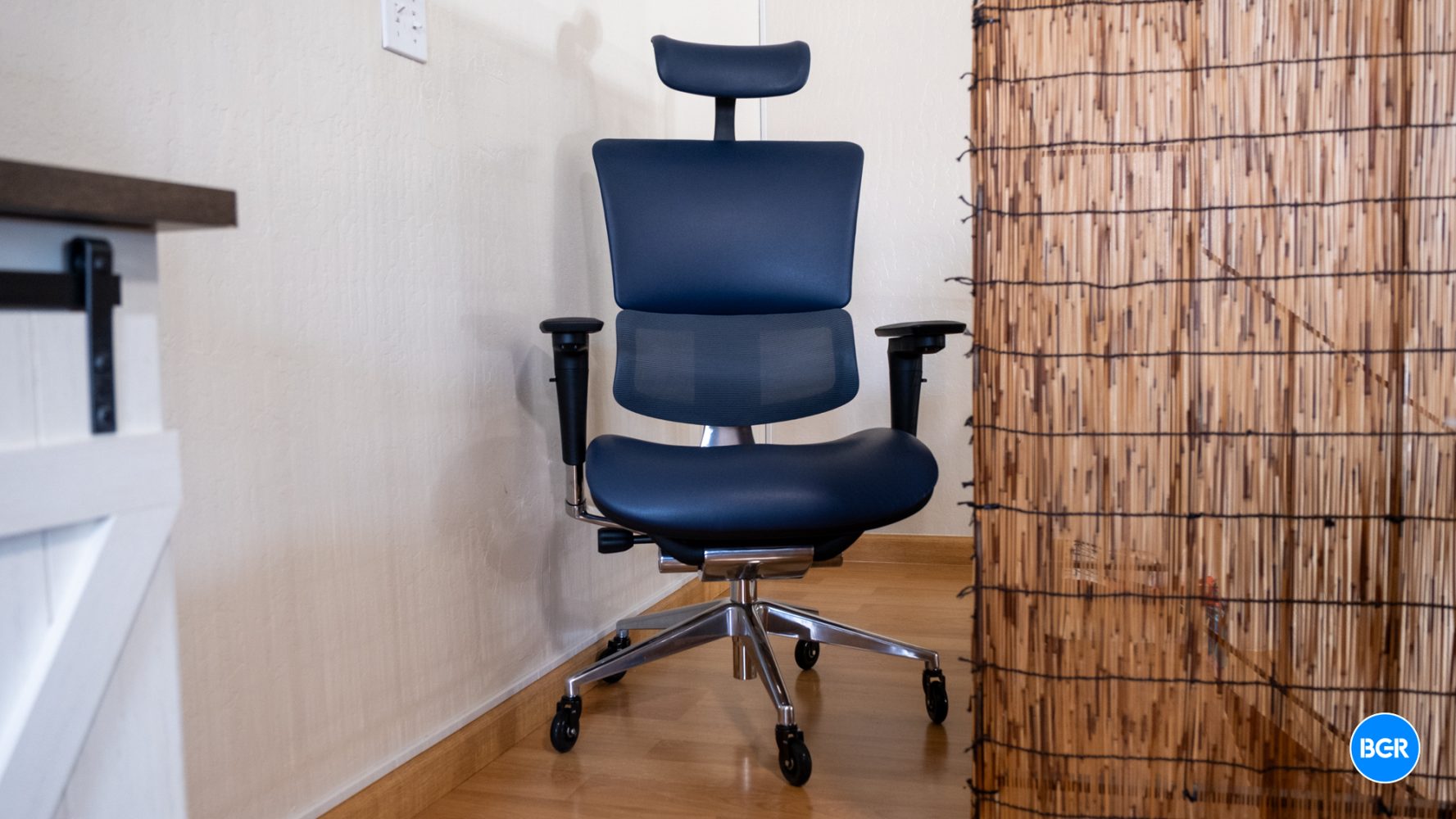
















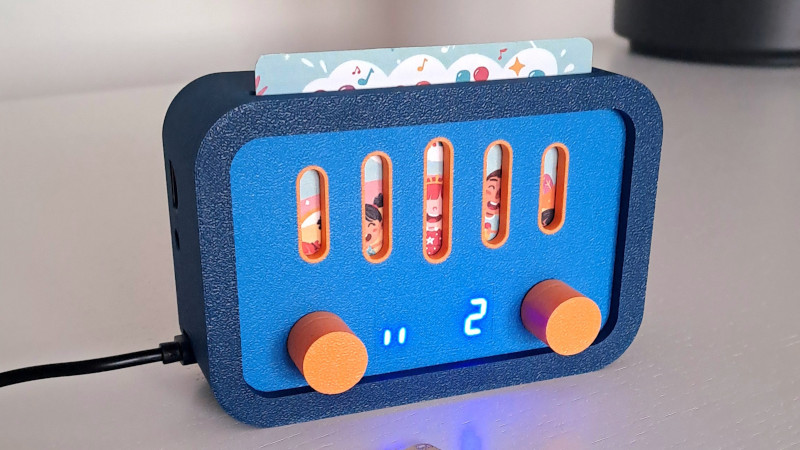
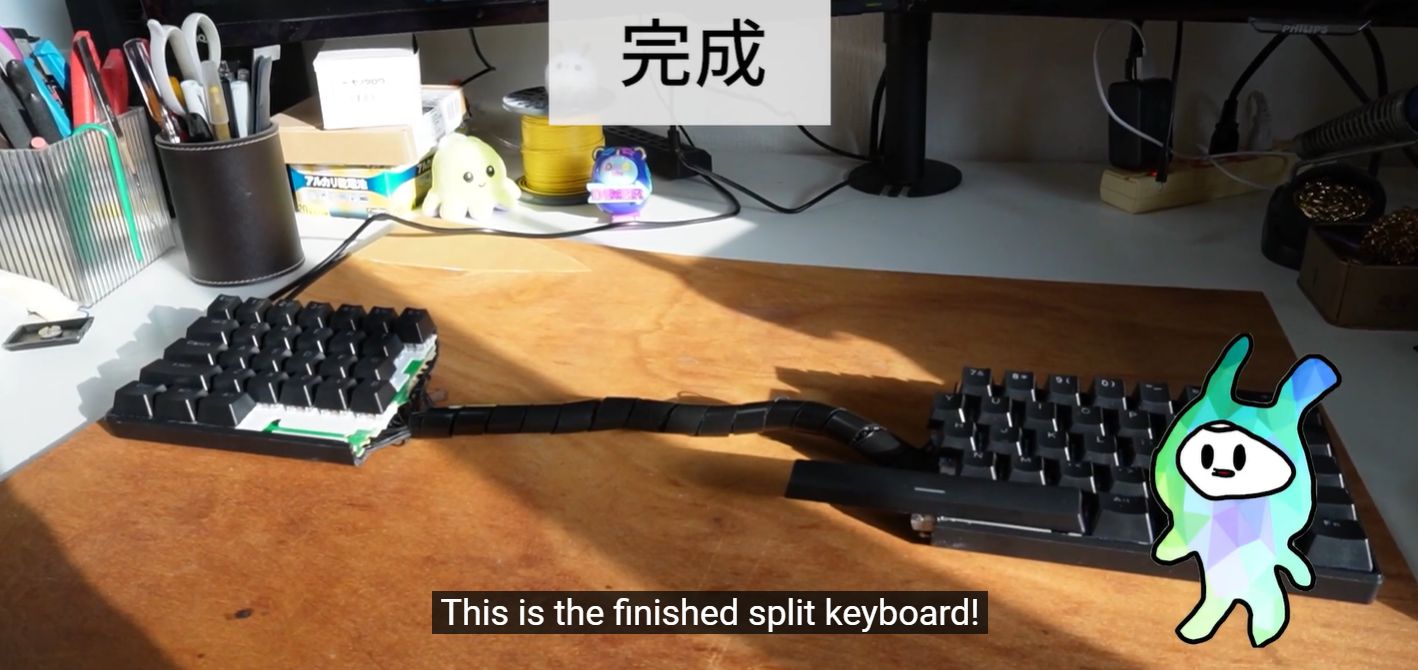

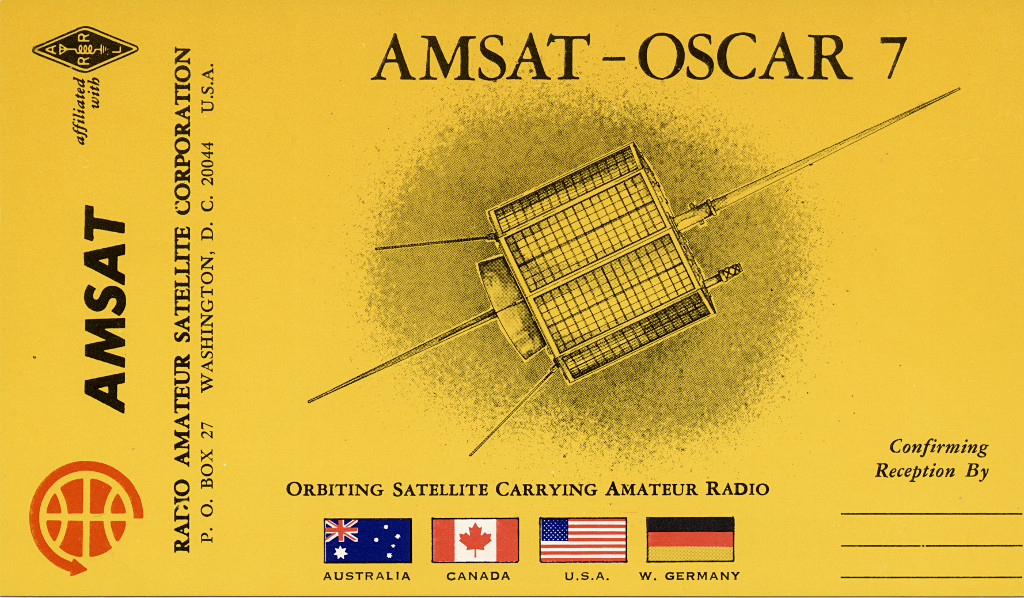
























































































































![[The AI Show Episode 141]: Road to AGI (and Beyond) #1 — The AI Timeline is Accelerating](https://www.marketingaiinstitute.com/hubfs/ep%20141.1.png)
![[The AI Show Episode 140]: New AGI Warnings, OpenAI Suggests Government Policy, Sam Altman Teases Creative Writing Model, Claude Web Search & Apple’s AI Woes](https://www.marketingaiinstitute.com/hubfs/ep%20140%20cover.png)
![[The AI Show Episode 139]: The Government Knows AGI Is Coming, Superintelligence Strategy, OpenAI’s $20,000 Per Month Agents & Top 100 Gen AI Apps](https://www.marketingaiinstitute.com/hubfs/ep%20139%20cover-2.png)

























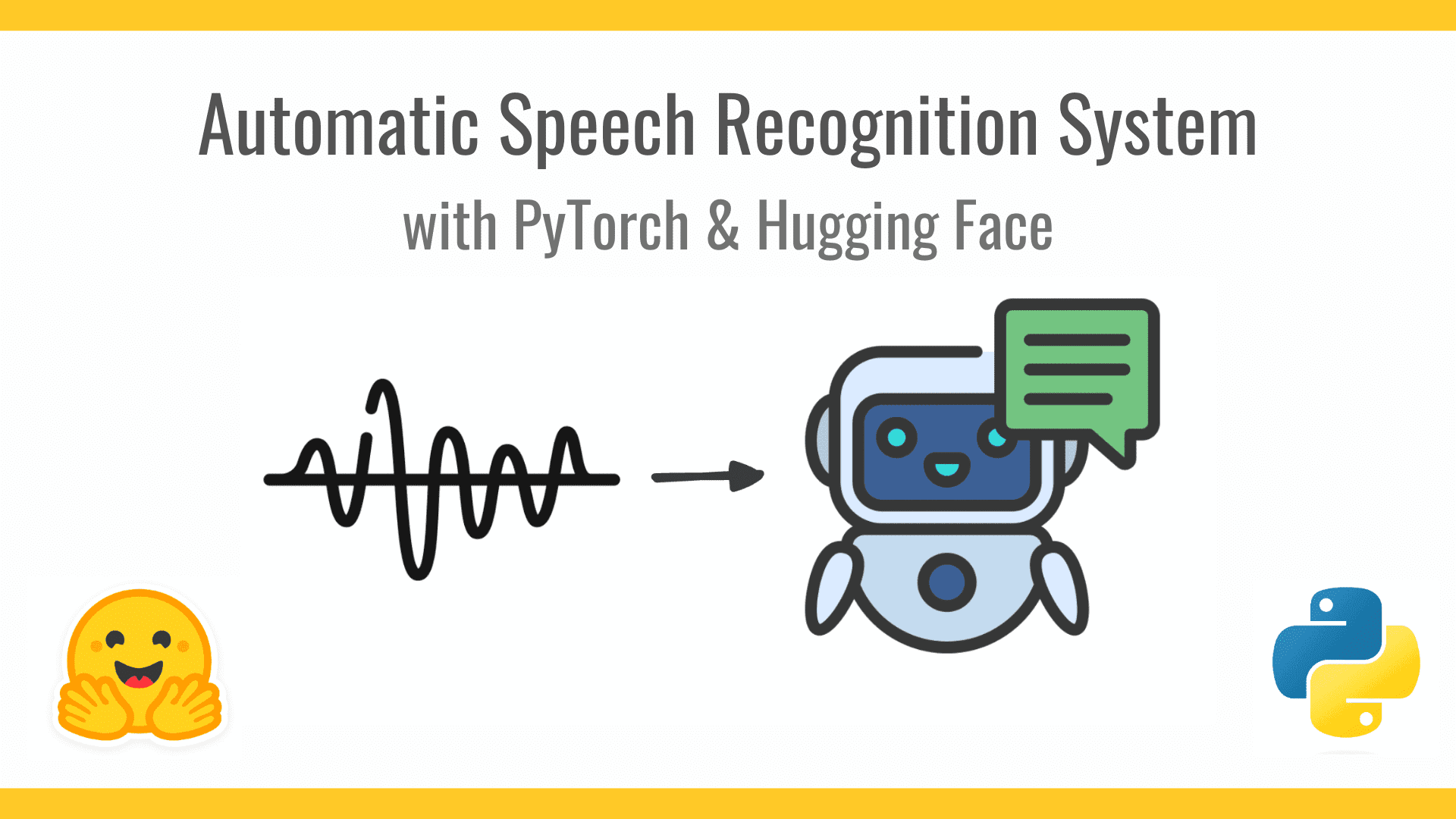





























































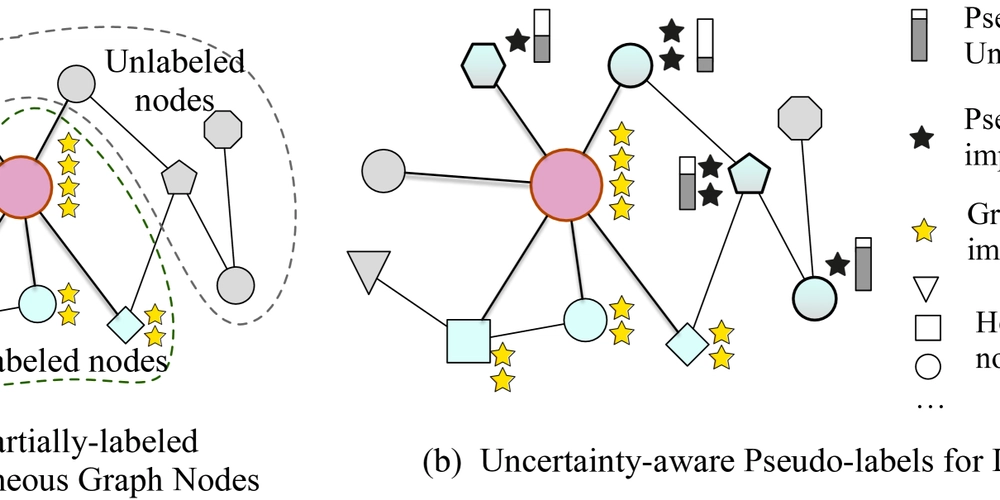
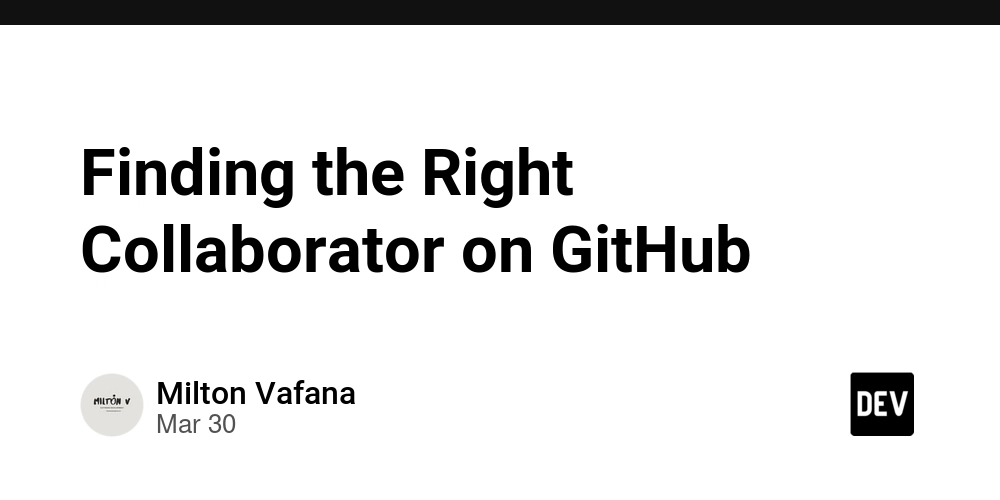



































![From broke musician to working dev. How college drop-out Ryan Furrer taught himself to code [Podcast #166]](https://cdn.hashnode.com/res/hashnode/image/upload/v1743189826063/2080cde4-6fc0-46fb-b98d-b3d59841e8c4.png?#)



![[FREE EBOOKS] The Ultimate Linux Shell Scripting Guide, Artificial Intelligence for Cybersecurity & Four More Best Selling Titles](https://www.javacodegeeks.com/wp-content/uploads/2012/12/jcg-logo.jpg)




























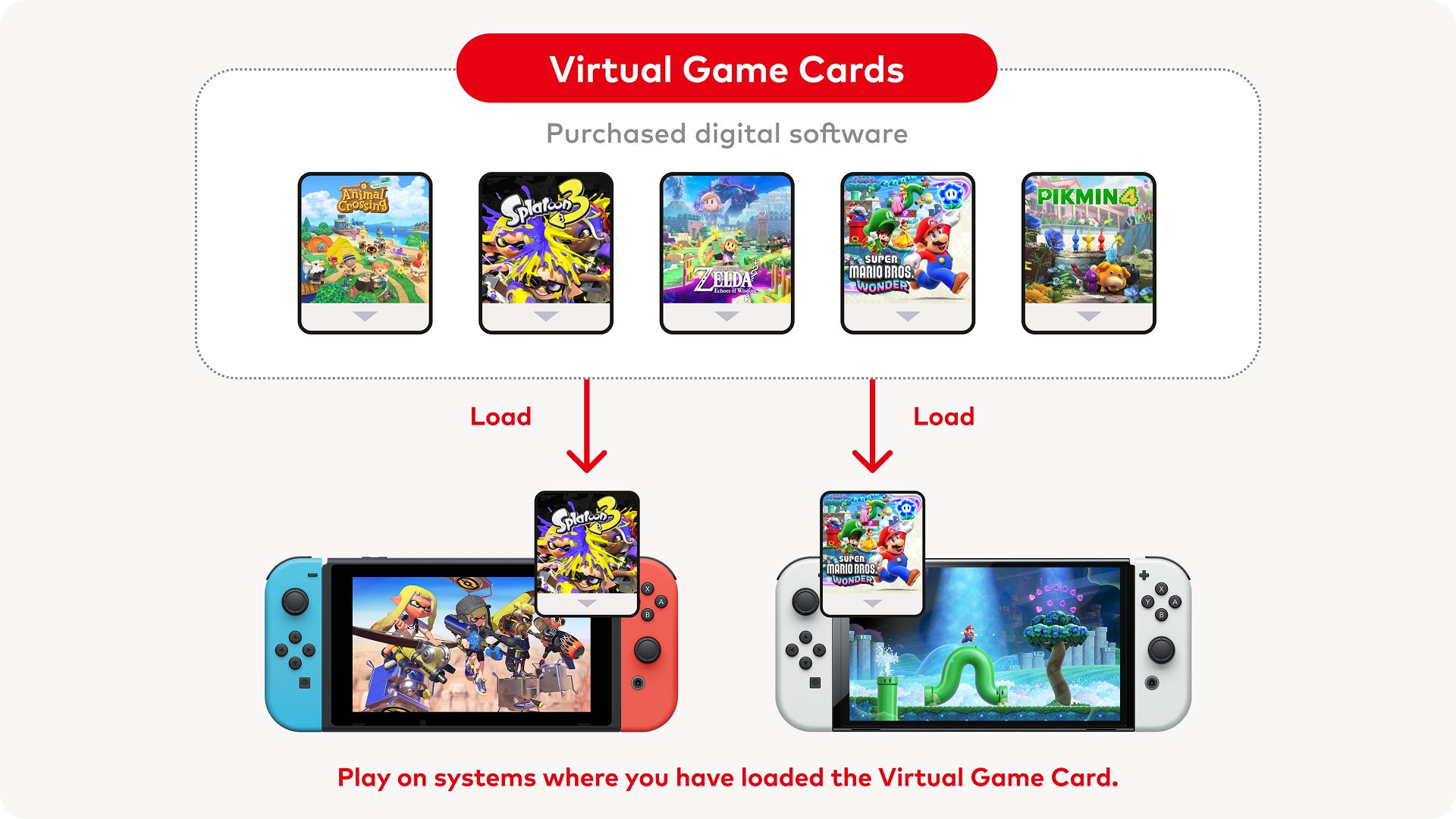






.png?#)




















![Mini Review: Rendering Ranger: R2 [Rewind] (Switch) - A Novel Run 'N' Gun/Shooter Hybrid That's Finally Affordable](https://images.nintendolife.com/0e9d68643dde0/large.jpg?#)






























